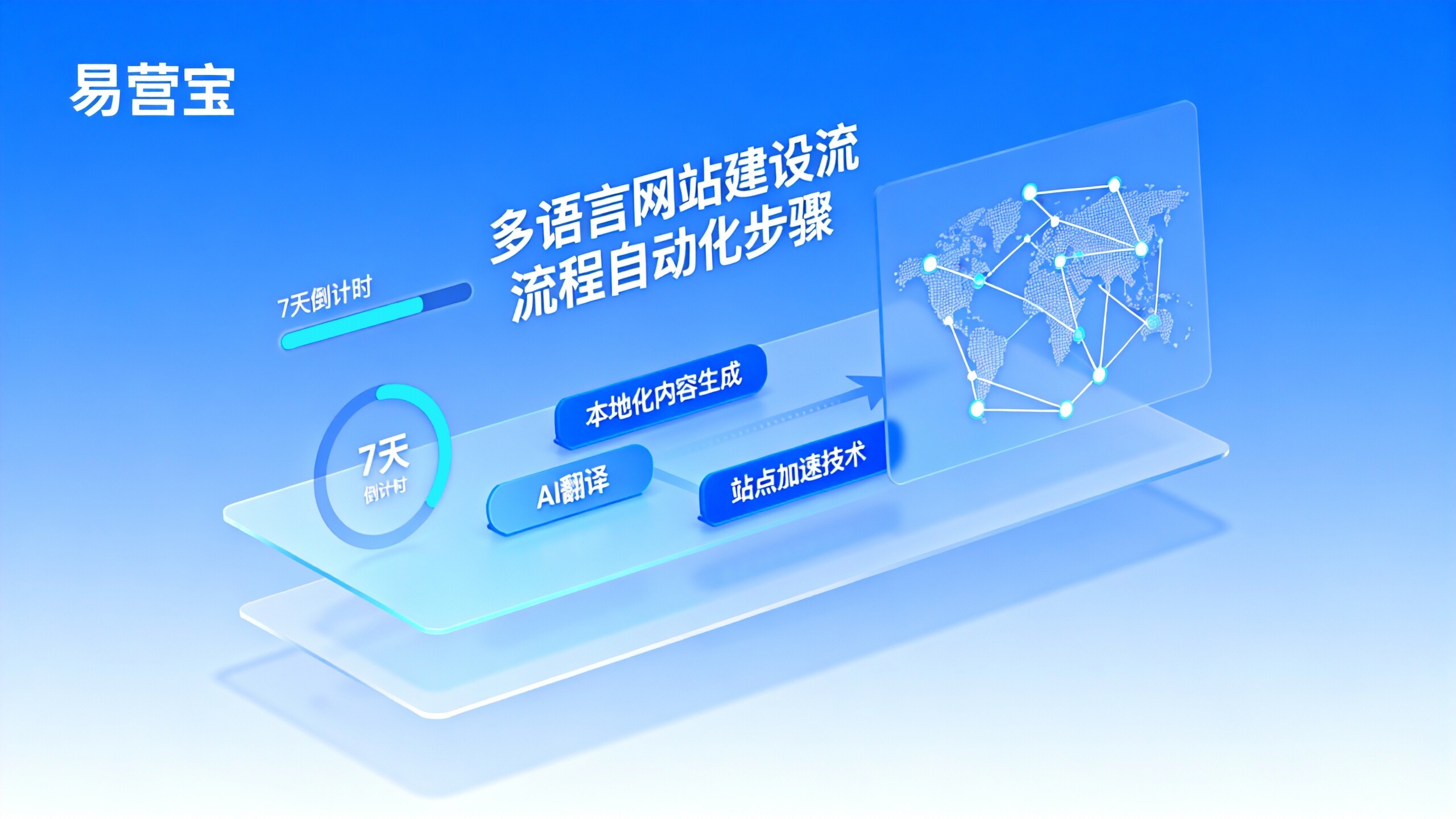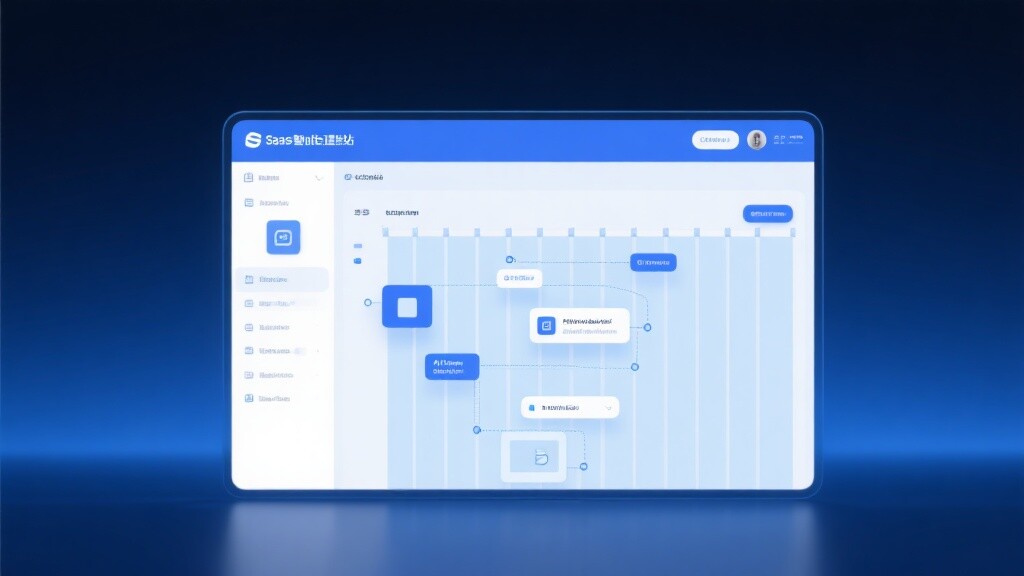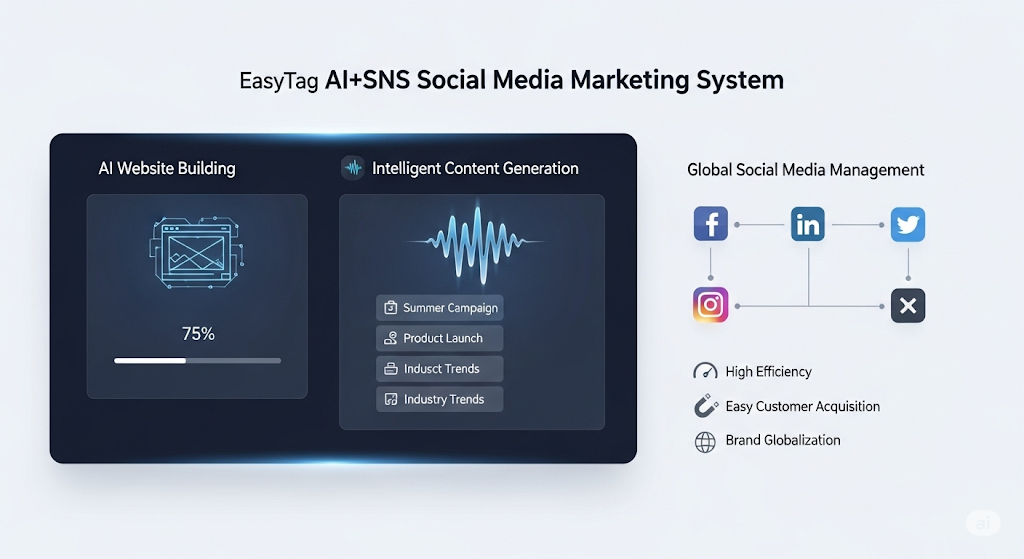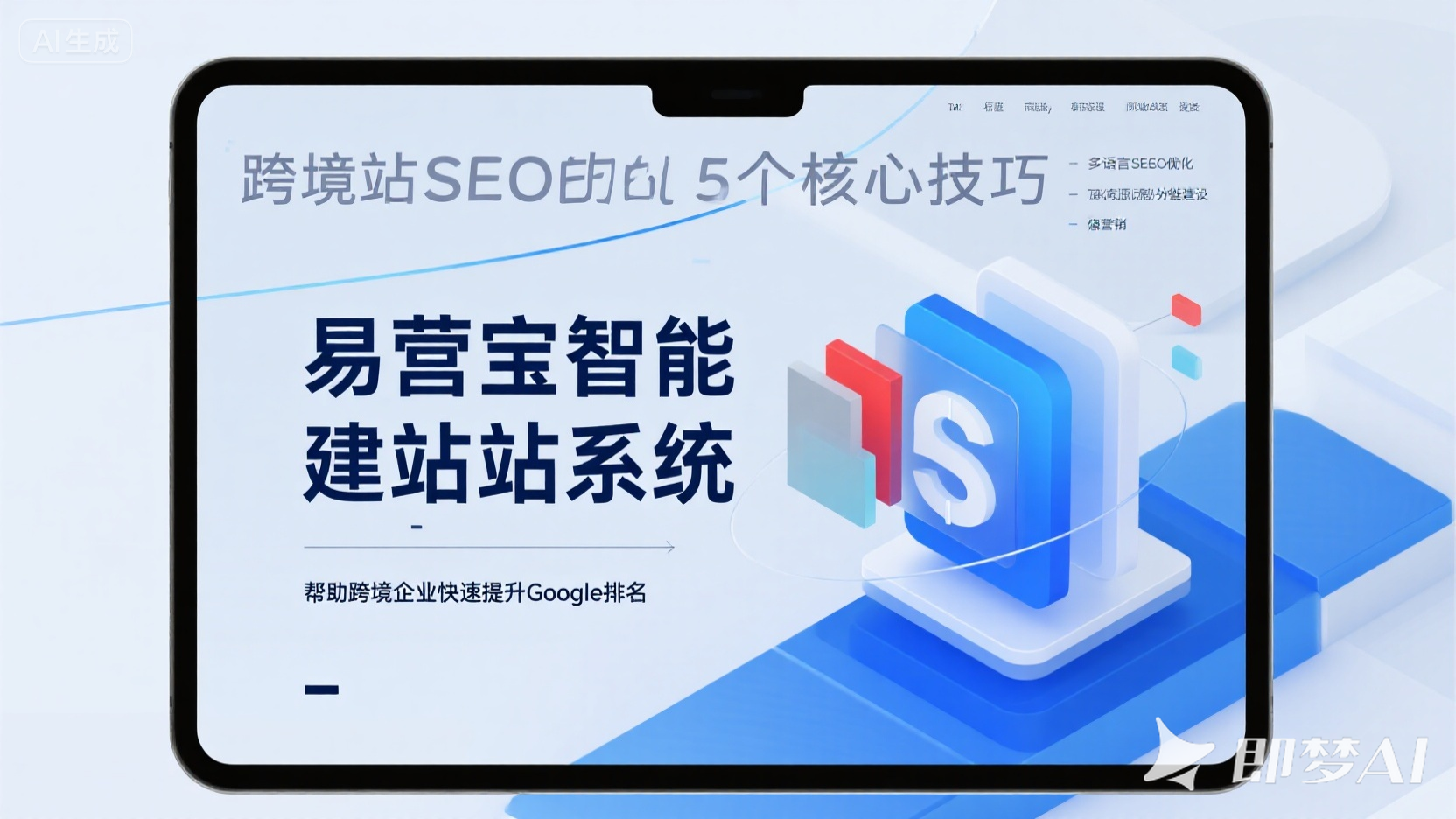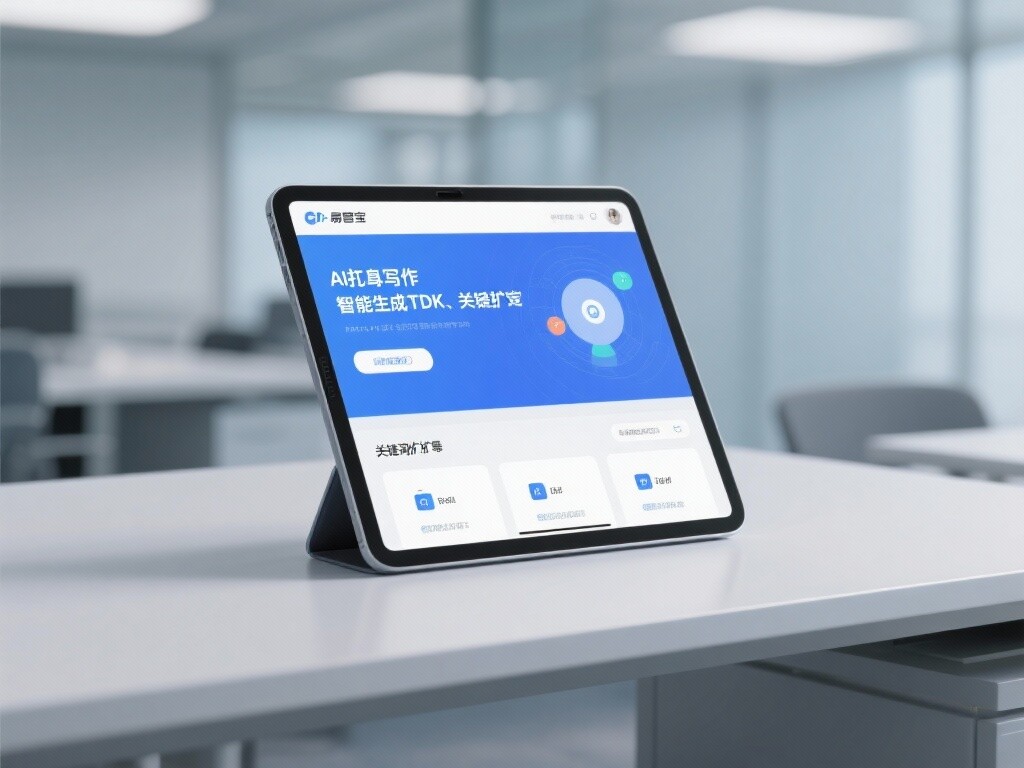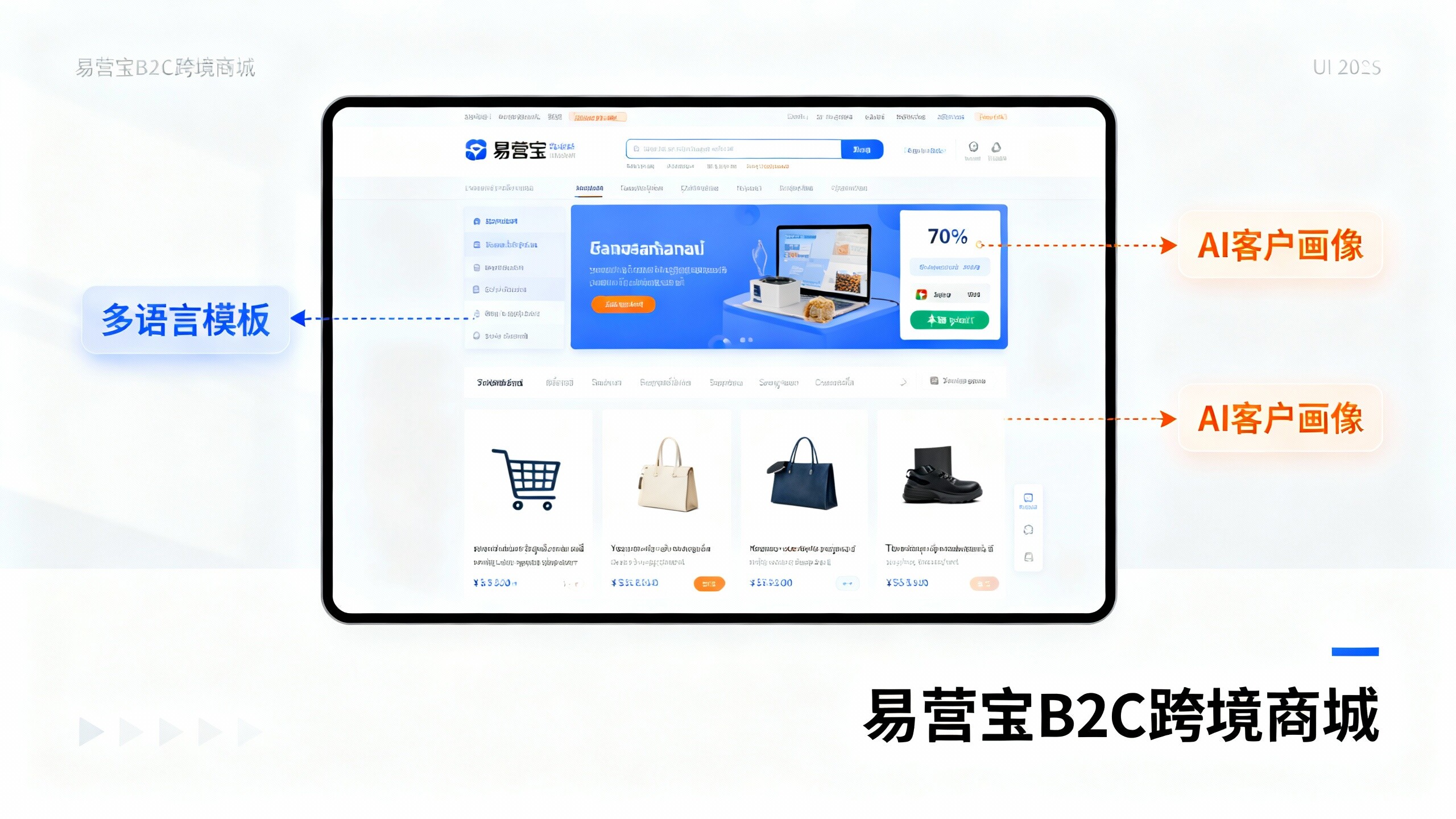- How much can AI-powered cross-border e-commerce website solutions improve conversion rates? Real data reveals the answer2025-12-11View Details
- Is it difficult to increase brand awareness? Effective strategies for 2024 + Recommended AI tool combinations2025-12-11View Details
- Data-Driven Advertising Boosts ROI by 50%? Real Case Analysis2025-12-11View Details
- The Secret to 3X Website Traffic Growth: AI + Localized Content Strategy2025-12-11View Details
- Can localized content really improve conversion rates? Proven results from the European market2025-12-11View Details
- Does website acceleration affect conversion rates? The 2024 loading speed standards have been updated.2025-12-11View Details
- Why is your data-driven advertising ineffective? 90% of companies overlook this step2025-12-11View Details
- How can distributors quickly build localized foreign trade websites? AI website solutions are here2025-12-11View Details
How to Speed Up Website Loading: Three Essential Techniques for Responsive Websites
How to speed up website loading: three must-learn tips for responsive websites
Master the three essential techniques for responsive websites to quickly speed up website loading, improve SEO optimization and Google rankings, and boost conversion rates for independent foreign trade websites. This article, designed for information researchers and users/operators, combines enterprise-level SaaS products with practical experience to provide practical technical and process recommendations to help you significantly reduce first-screen time, improve user experience, and increase search engine rankings for independent cross-border e-commerce websites and B2B official websites.

1. First Screen First: Shorten the critical rendering path and improve the first screen perception speed
For responsive websites, speeding up website loading starts with the first contentful paint (First Contentful Paint, Largest Contentful Paint). The key to optimizing the first page is shortening the critical rendering path, ensuring the browser fetches and renders necessary resources in the shortest possible time. In practice, we recommend the following steps:
First, extract and inline critical CSS. Package the key styles needed for the first screen separately and inline them into the HTML to avoid rendering-blocking external CSS. For responsive websites, conditionally inlining or asynchronously loading non-critical styles on demand for different viewports ensures a consistent first screen experience on mobile without affecting the full style sheet on desktop.
Second, prioritize loading critical resources: Use rel=preload/preconnect/preload in conjunction with resource hints to pre-establish connections to external fonts, CDN nodes, and important third-party interfaces, reducing DNS lookup and TLS handshake times. For independent websites for international trade, the home screen often relies on third-party CDNs, translation engines, or payment interfaces. Using preconnect for important domains is recommended to reduce initial request latency.
Third, optimize font loading strategies. Fonts can become render-blocking. Use font-display: swap or a system font fallback strategy, and reduce font file size through subsetting when necessary. Loading icon fonts on demand or using SVG icons can further reduce rendering time.
Fourth, consider the above-the-fold image and media strategy. Small images or key hero images visible above the fold should be rendered as low-quality placeholders (LQIPs) or inline SVGs. Use width/height attributes for main images to ensure a stable layout, and utilize lazy load to delay the loading of underlying images to avoid layout jitter and unnecessary redraws. For pages integrated with the AI translation engine on independent foreign trade websites, prioritize text display and asynchronously inject translation results to ensure that localized content does not block the above-the-fold rendering.
Through the above measures, the user's first screen experience can be significantly improved, the bounce rate can be reduced and the Google ranking can be positively affected. This is the first step in responsive website SEO optimization and a skill that must be mastered by any foreign trade independent website that wants to improve conversions.

2. Resource Compression and Smart Caching: Reducing Volume and Request Times from the Source
Resource size and repeated requests are long-standing performance bottlenecks for most websites. The second key technique for speeding up website loading is to address the transport layer and caching mechanisms, ensuring "less transmission, faster transmission, and more efficient use." Specific practices are as follows:
First, enable modern compression algorithms. Servers should prioritize Brotli support (if not, at least use Gzip). Compressing text resources like HTML, CSS, and JS can significantly reduce transmitted bytes. Combining this with HTTP/2 or HTTP/3 can further leverage multiplexing to reduce connection overhead and improve concurrent request processing capabilities.
Second, static resource fingerprinting and long-term caching strategies are used. File fingerprinting (hashing) is used for JavaScript, CSS, images, and other content, along with long caching periods. This is combined with appropriate cache-control and ETag strategies to reduce duplicate downloads. For frequently changing resources, a sub-package or on-demand loading strategy is employed to avoid cache invalidation caused by overall updates.
Third, optimize image formats and sizes. Convert images to modern formats like WebP/AVIF, provide different sizes based on resolution (srcset), and leverage the image processing capabilities of the server or CDN to achieve on-demand cropping and quality adjustments. Independent foreign trade websites often face the need to display content in multiple languages and regions. Using edge cropping and caching can ensure clarity while saving bandwidth.
Fourth, intelligent caching and edge computing. Deploying CDN nodes across multiple regions brings static resources closer to users, significantly improving international access speeds. Combining edge caching with cache invalidation and back-to-origin control maximizes cache hit rates without sacrificing update frequency. Yiyingbao integrates server clusters across seven continents into its intelligent website building system, achieving a 40% increase in loading speed and providing a stable cross-border access experience for independent foreign trade websites.

The fifth is an automated resource optimization pipeline. Compression, merging, image format conversion, and code subcontracting are integrated into the build process. This is coupled with a monitoring system to detect resource volume anomalies and issue alerts in real time, ensuring that resource volumes remain within a manageable range after launch. For sites with frequently updated content, combining AI writing with automatic generation strategies allows for simultaneous image and HTML optimization during content generation, preventing performance regressions caused by manual omissions.
3. Reducing Third-Party Blockages and Optimizing Backend Responses: Eliminating Bottlenecks at the Architectural Level
The third key tip focuses on external dependencies and backend responsiveness. Many responsive websites are slowed down during loading by third-party scripts (statistics, chat, advertising, social media plugins) or slow backend responses. To systematically improve loading speed, you need to focus on both architecture and monitoring:
First, audit and appropriately delay third-party scripts. For each third-party resource, assess its actual value to the business. Non-critical functionality, such as some social media scripts, can be loaded asynchronously or injected after user interaction. For essential chat or conversion tools (such as WhatsApp buttons or live customer service), implement lazy loading or localized lightweight alternatives to ensure these features don't block primary rendering.
Second, optimize API and database responses. Reducing Time to First Byte (TTFB) can be achieved through interface merging, caching hot data, adopting read-write splitting, and index optimization. For dynamic content on independent foreign trade websites, such as inventory or prices, edge caching and short TTL strategies are recommended to reduce backend pressure while ensuring data timeliness.
The third strategy is to use server-side rendering or static generation combined with client-side enhancement. For landing pages or product pages with high SEO requirements, server-side rendering facilitates Google crawling and rendering the first screen. For a large number of long-tail pages or dynamic detail pages, static generation can be used and distributed on edge nodes, combined with intelligent caching strategies to reduce backend requests.
Fourth, continuous monitoring and automated diagnosis. Integrate performance monitoring into regular operations and maintenance: collect key metrics (FCP, LCP, CLS, TTFB, number of requests, etc.) and configure automatic rollbacks or alerts for anomalies. Yiyingbao's intelligent website monitoring tools and AI marketing engine can diagnose performance and SEO shortcomings in real time. Combined with strategic recommendations, they help teams quickly identify and fix bottlenecks, thereby improving stability while maintaining Google rankings and conversion rates.
Fifth, integrate optimization into product and operational processes. Establish performance compliance standards for content producers (such as product descriptions or blogs generated using AI), and automatically test content before it goes live to ensure that images, embedded resources, and third-party components meet performance requirements. For companies seeking to systematically improve SEO and loading speed for responsive websites, leveraging platform capabilities (including intelligent website building systems for independent foreign trade sites and multilingual AI translation engines) can transform optimization into standardized, reusable workflows.
Integrate performance optimization into the entire process to increase long-term returns on traffic and conversions
To systematically improve the loading speed of a responsive website, you must simultaneously focus on three key aspects: first page rendering, resource delivery, and responsive architecture. By inlining critical CSS, preloading resources, using modern compression and intelligent caching, removing blocking third-party dependencies, and accelerating backend performance, you can see significant short-term improvements in first page rendering and overall loading speed. In the long term, these optimizations will improve Google rankings, reduce bounce rates, and increase conversion rates for your independent website.
To quickly implement these strategies, we recommend combining automated testing with an AI-driven optimization platform to create a closed loop of "content-performance-SEO." For example, platform-based tools can be used to optimize image and text performance simultaneously during content generation, while leveraging a global CDN and intelligent diagnostics to continuously monitor results. For more information on enterprise-level implementation solutions and consulting, please learn more about our Enterprise Services and SEO Optimization Solutions.
Action: For a free performance diagnosis or customized acceleration plan, please contact sales or contact us via WhatsApp. Our technical consultants will provide tailored optimization recommendations for your responsive website, helping to improve Google rankings and ensure stable growth of international traffic.
- Campbell (name)
- free-standing station
- Intelligent website building system
- SEO optimization
- Intelligent website building
- AI translation
- AI translation engine
- AI writing
- AI Translation Engine for Independent Foreign Trade Websites
- Google ranking
- Foreign trade independent website
- Website Check
- Website seo optimization
- Website loading speed
- SEO
- AI Marketing Engine
- responsive website
- Responsive Website SEO Optimization
- Intelligent website building system for foreign trade independent website
- How to Speed Up Website Loading
Related articles
Related products







